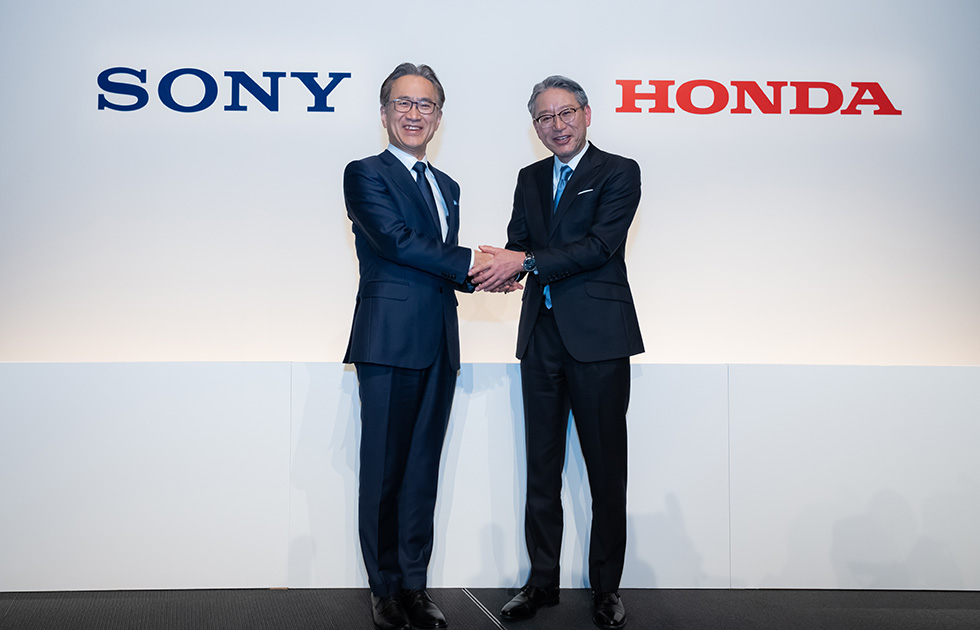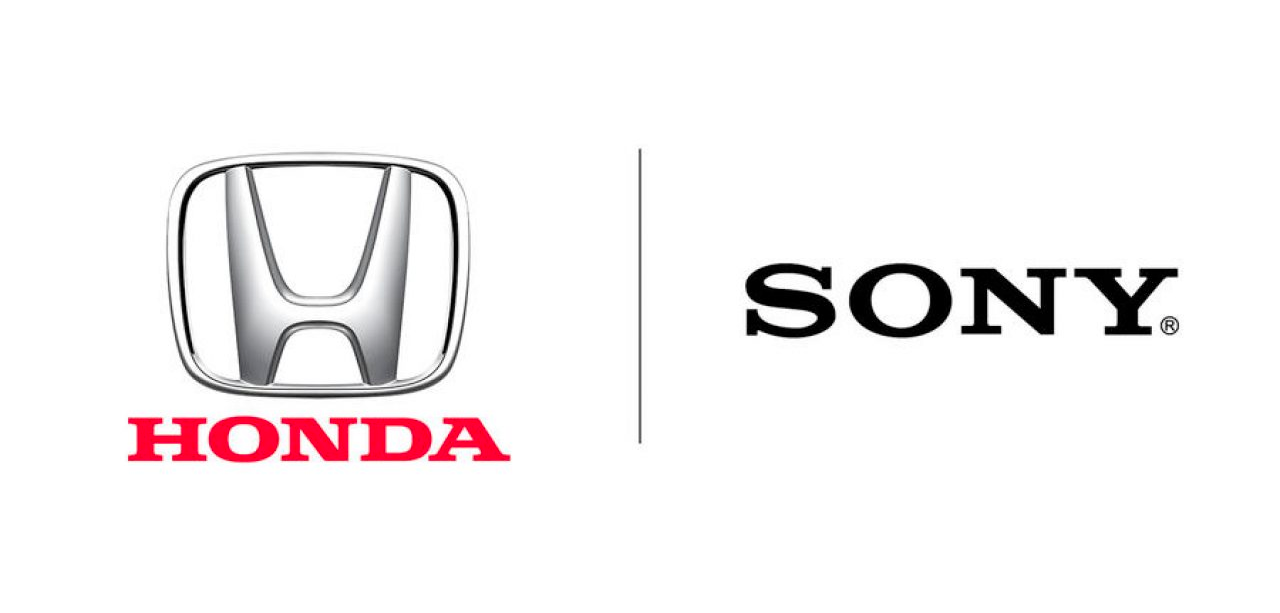On June 13th, 2022, Sony and Honda officially signed a joint agreement targeting sales of high value-added pure electric vehicles (EV) and mobility services via a new company that they established together.
Yes, Sony and Honda are joining forces to manufacture cars!
In fact, the two companies had already announced their collaboration on electric vehicle development in early March this year and intend to launch their first product in 2025. Both parties plan to establish a joint venture within the year to develop and sell products, but they will not operate manufacturing facilities themselves. Honda’s factories will be responsible for production while Sony will develop and provide mobility service platforms.
From the joint venture name, Sony Honda Mobility Co., Ltd, it is evident that Sony and Honda each contribute equally. The CEO, Yasuhide Mizuno, is from Honda and has a longstanding relationship with China. Since 2010, he has held various positions such as General Manager of Honda Motor (China) Investment, Co., Ltd., General Manager of Dongfeng Honda Automobile Co., Ltd. (2010), and General Manager of GAC Honda Automobile Co., Ltd. (2014).
The COO, Izumi Kawanishi, is from Sony and became the CEO of Sony Mobility Inc., which was founded on April 1st, later that year. He has been with Sony since 1986, working on various projects in different departments. At SCE (Sony Interactive Entertainment), he was responsible for the development of PS2, PS3, PSP (February 1995) and was the head of the Sony AI Robotics Business Unit, responsible for developing aibo (June 2018).
Sony is making cars?
Two years ago at CES, Sony unveiled Vision-S 01, and many people exclaimed with great excitement that the Almighty has smiled upon Sony’s cars and will be its guardian.
In this year’s CES, two years after Vision-S 01, Sony showcased its sister SUV concept car, Vision-S 02, which also belongs to the same platform and is supported by a platform provided by Magna.The updated Vision-S 02 is a concentrated representation of Sony’s technical capabilities in the automotive field. Over 40 different types of sensors are installed both inside and outside of the car, almost all of which are developed by Sony, including primary perception sensors such as cameras and LIDAR.
Although Sony announced the establishment of Sony Mobility Inc. at this year’s CES to explore “commercialization models for Sony electric vehicles,” the information they have released suggests that Sony is more like today’s Huawei, empowering automakers to make cars.
What happened to Honda?
Since Toshihiro Mibe took over Honda in April of last year, Honda has been committed to accelerating its transition to electrification.
In October of last year, Honda announced two mass-produced and three concept electric vehicle models, and has been promoting the domestic production of the first products of the e:N series, the e:N S1 and e:N P1, based on the Architecture F platform.
Their long-term goal is to increase the proportion of electric and fuel cell vehicles in their overall sales to 40% by 2030, 80% by 2035, and 100% by 2040.
However, Honda, or rather, the entire Japanese automaker industry, is most lacking in intelligence in the era of pure electric vehicles. Therefore, Toshihiro Mibe has strengthened cooperation with General Motors.
For the North American market, Honda plans to launch two medium-to-large-sized electric SUV models jointly developed with General Motors by 2024. The models are Honda’s new Prologue SUV and a pure electric SUV model for the Acura brand. This is the agreement reached between Honda and General Motors in April 2020: to jointly develop two new electric vehicle models belonging to Honda.
Honda’s Prologue is a pure electric product that is similar in size to Honda’s compact SUV CR-V. Honda will lead the design of the interior and exterior, but the three electric components, including the battery and other core hardware, come from their partner General Motors’ Ultium platform. The Acura brand’s first pure electric SUV can be understood as a luxury “shell” version of the Honda Prologue.
As we all know, Sony has accumulated a wealth of experience in human-machine interaction and entertainment content on its popular PS game console, while also having deep accumulation in the manufacturing fields of images, communication, screens, and speakers, which happen to be the weak points of Honda.
Conclusion

Honda and Sony are both Japanese companies, and as China and the United States bet their national futures on the new round of competition in the pure electric and intelligent automotive industries, the conservative style of Japanese companies is becoming apparent.I personally believe that the collaboration between Sony and Honda, combining “technology” and “cars”, is more promising than the combination of “cars” and “cars” between Honda and GM. Both brands are Japanese companies, so we may expect products with strong Sony/Honda or Japanese characteristics.
This article is a translation by ChatGPT of a Chinese report from 42HOW. If you have any questions about it, please email bd@42how.com.
